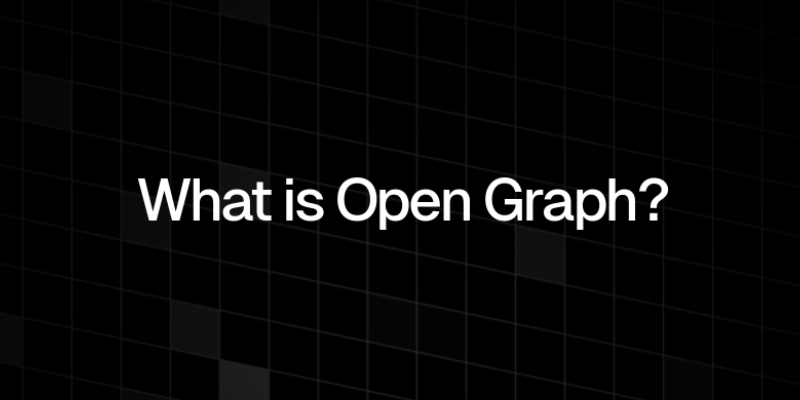
What is Open Graph?
Open Graph is a protocol that enables web pages to become rich objects in social media. Initially introduced by Facebook, Open Graph allows you to control how your website content appears when shared on social media platforms like Facebook, Twitter, LinkedIn, and others. This article will delve into what Open Graph is, its importance, and how to implement it.
Understanding Open Graph
Open Graph metadata, embedded in the <head> section of a webpage, provides social media platforms with the information needed to display content correctly. This includes details such as the title, description, image, and URL. Proper use of Open Graph tags can significantly enhance the visibility and attractiveness of your content when shared on social media.
Key Open Graph Tags
Here are the most commonly used Open Graph tags:
og:title: The title of your content.og:description: A brief description of your content.og:image: The URL of an image that represents your content.og:url: The canonical URL of your content.
Implementing these tags ensures that your content is displayed consistently across different social media platforms.
Example of Open Graph Implementation
Here is a basic example of how to implement Open Graph tags in the HTML of a webpage:
<head>
<meta property="og:title" content="Understanding Open Graph" />
<meta property="og:description" content="A comprehensive guide to the Open Graph protocol and its benefits." />
<meta property="og:image" content="https://example.com/image.jpg" />
<meta property="og:url" content="https://example.com/open-graph-guide" />
</head>
Benefits of Using Open Graph
Implementing Open Graph tags has several advantages:
- Enhanced Visual Appeal: Posts with images and descriptions are more engaging.
- Improved Click-Through Rates: Attractive and relevant content leads to higher click-through rates.
- Consistent Branding: Ensures your brand's look and feel are maintained across different platforms.
Case Study: Successful Open Graph Implementation
Let's take a look at a case study by Shopify that highlights the importance of Open Graph. Shopify noticed a significant increase in social media traffic after implementing Open Graph tags. By ensuring their products and blog posts were visually appealing on platforms like Facebook and Twitter, they saw a 30% increase in engagement.
Common Mistakes to Avoid
While Open Graph is straightforward to implement, there are common pitfalls to watch out for:
- Missing Tags: Ensure all essential tags are included.
- Incorrect Image Size: Use the recommended image size for each platform to avoid display issues.
- Duplicate Tags: Avoid multiple Open Graph tags with the same property, as this can confuse social media platforms.
Conclusion
Open Graph is a powerful tool for enhancing your web content's presence on social media. By understanding and implementing the Open Graph protocol, you can ensure that your content is displayed attractively and consistently, leading to better engagement and more traffic. For more information on Open Graph, visit the official Open Graph protocol documentation.
By optimizing your content with Open Graph tags, you're taking a crucial step towards improving your social media strategy and ensuring that your content stands out in a crowded digital landscape.